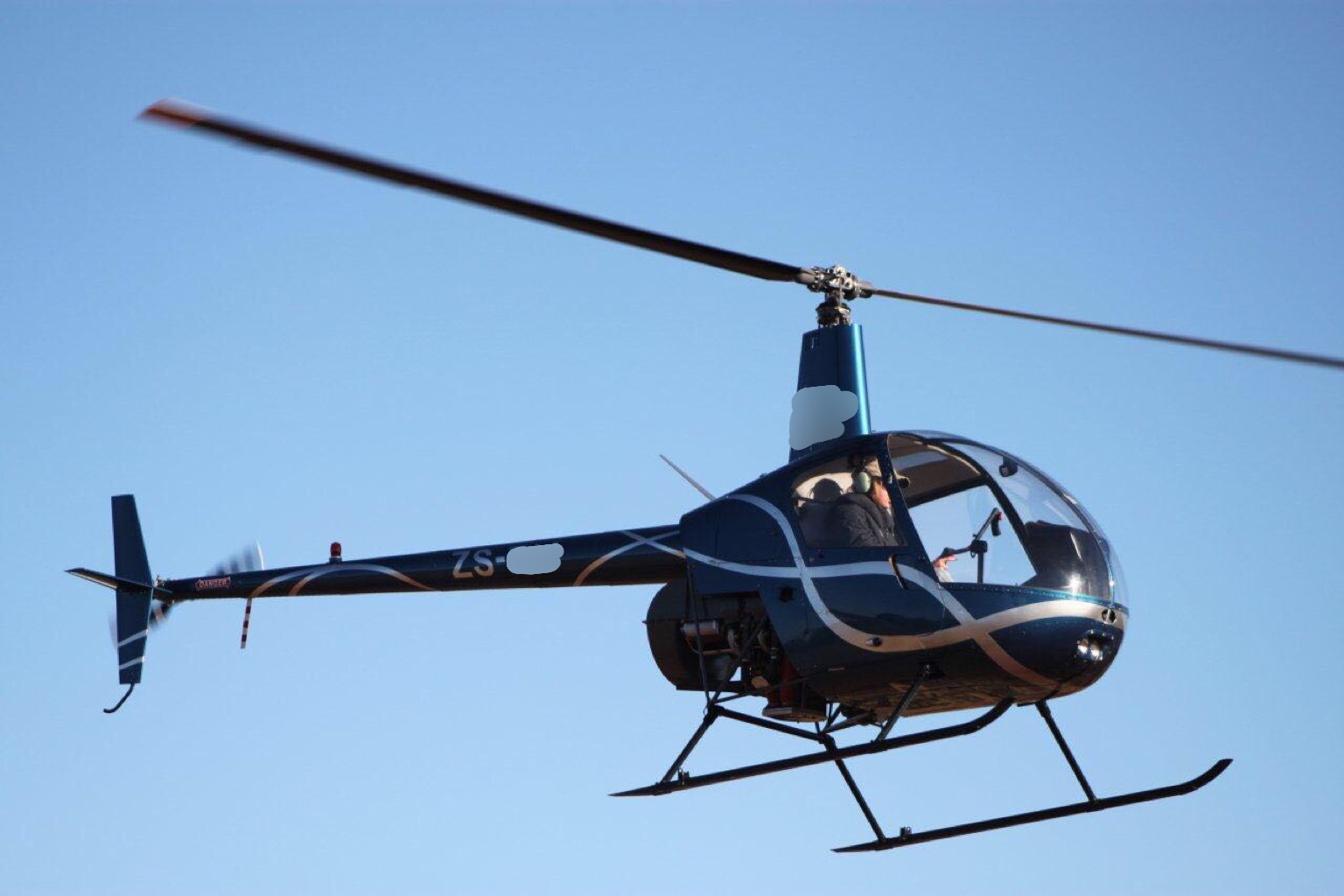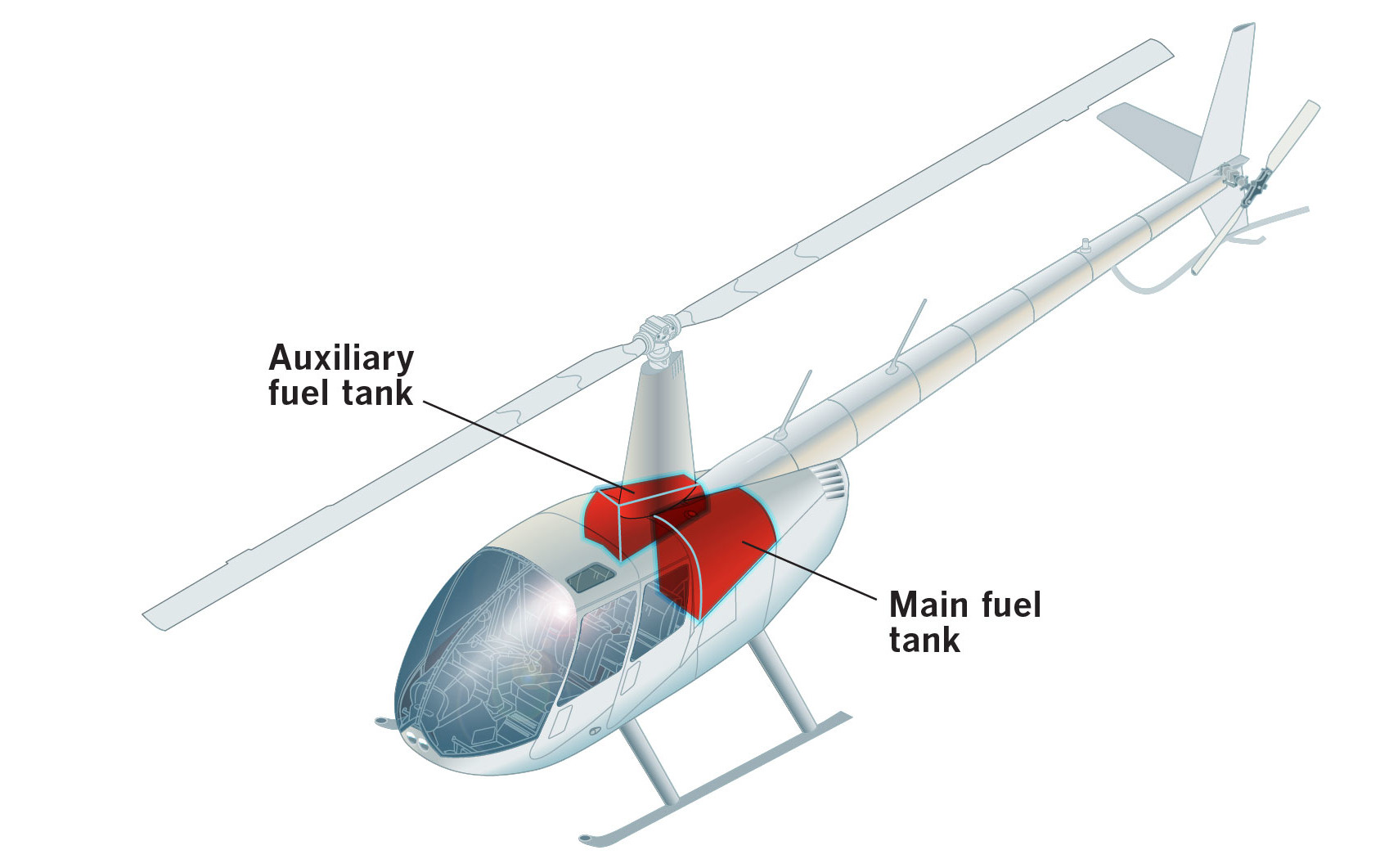

There are no hydraulics in the R22 to dampen sloppy control inputs, so its easy to get squirrely if you get out of the bubble. The floats arent the instantly inflatable variety found on other helicopters. The entire arrangement can be removed and replaced with the standard skids. And a year later, an amphibious Mariner model was brought out with fixed floats that are attached to a special skid gear. In 1985, the Beta model upped the ante in horsepower from 124 HP to 131 HP. The battery was moved from the nose to the engine compartment and the aft main strut was lengthened to give extra clearance for the tail rotor. At the same time, changes were made in the structure and control system to widen the CG range. Its not uncommon to find Bendix/King KCS55A HSI systems and GNS430W WAAS navigator upgrades in these instrument trainers. In 1983, the factory pumped out the Alpha instrument trainer, with the gross weight boosted from 1300 to 1370 pounds to lug around all the extra instruments and avionics. And the extra throttle would provide a minimal cushion in high-density altitude situations. Although the powerplant was still de-rated to 124 HP, the pilot could pull the extra power at any time, since there are no artificial stops. The HP model came along in 1981 with a 160-HP, B2C engine.


That has since been inched to 2200 hours, but theres a catch to this which youll see in a moment. When it was introduced, the Robinson engine and airframe had a phenomenal TBO of 2000 hours. The first R22s had 150-HP Lycoming engines de-rated to 124 HP. Observing a keep-it-simple dictum since the first Robinson rolled off the assembly line at the Torrance, California, plant in 1979, the company has hewed to basics, making only incremental improvements and refinements and no drastic model changes. In the personal helicopter market, this is saying something. To date, more than 3600 R22s have been delivered to more than 60 countries. It has enough performance to serve personal and commercial applications at acquisition and operating costs that beat anything the turbine chopper market can offer. The pint-sized machine found a huge market because it did what no other helicopter could do: it offered a relatively cheap means of getting into the world of rotors.

Its versatile and up for the challenge to support numerous mission profiles including airborne law enforcement, aerial photography and personal travel missions. More than an entry-level and lower-cost machine. They arent exactly simple to pilot, either. Helicopters can easily clobber the average operating budget and have limited mission profiles. Thats impressive since fixed-wing operations outnumber rotor ops at most GA airports. Dateline 1991: The aircraft economic climate was stronger than in the current world, and Frank Robinsons tiny two-place piston helicopter outsold every manufacturer of general aviation aircraft in the U.S.


 0 kommentar(er)
0 kommentar(er)
